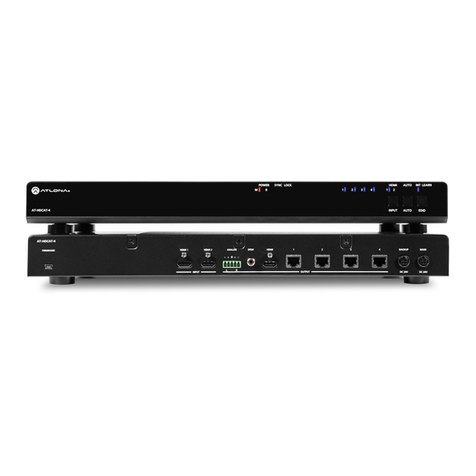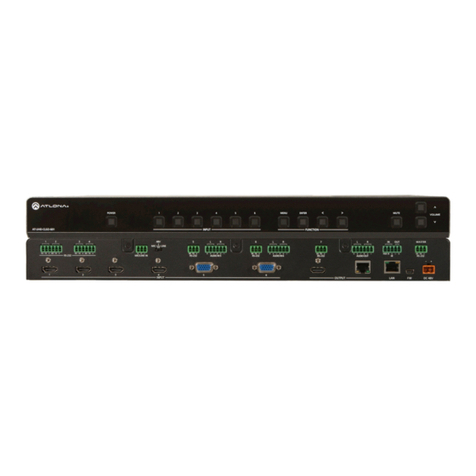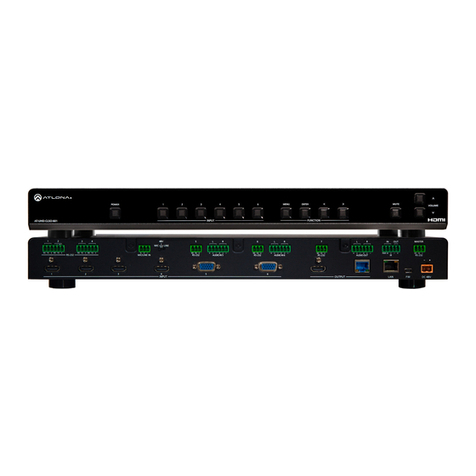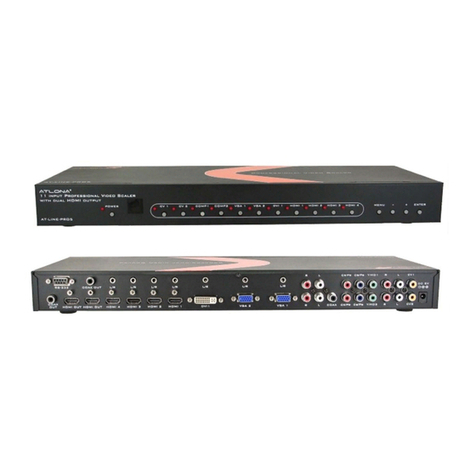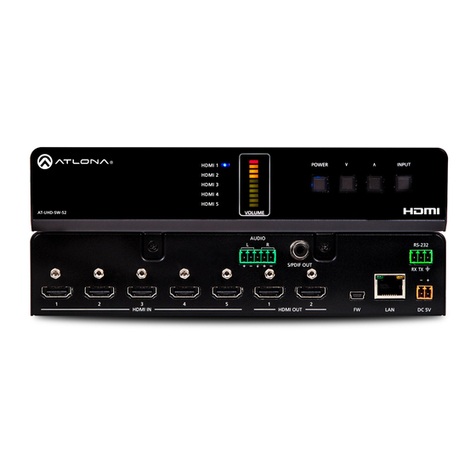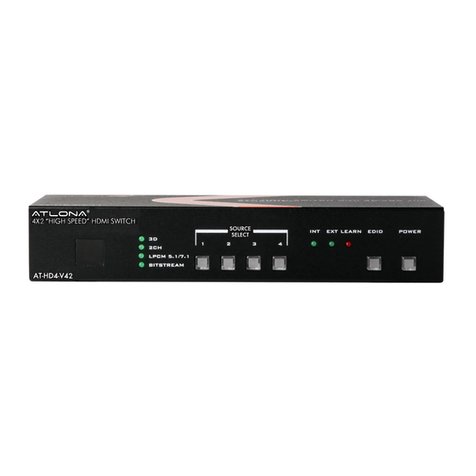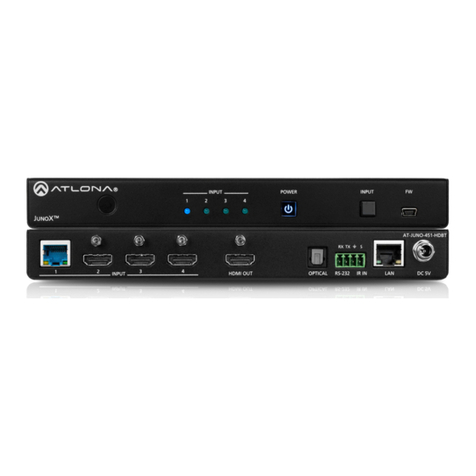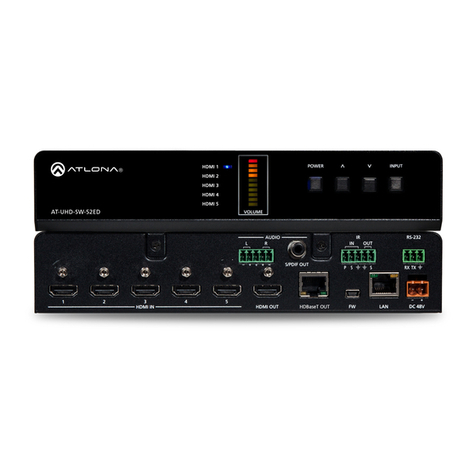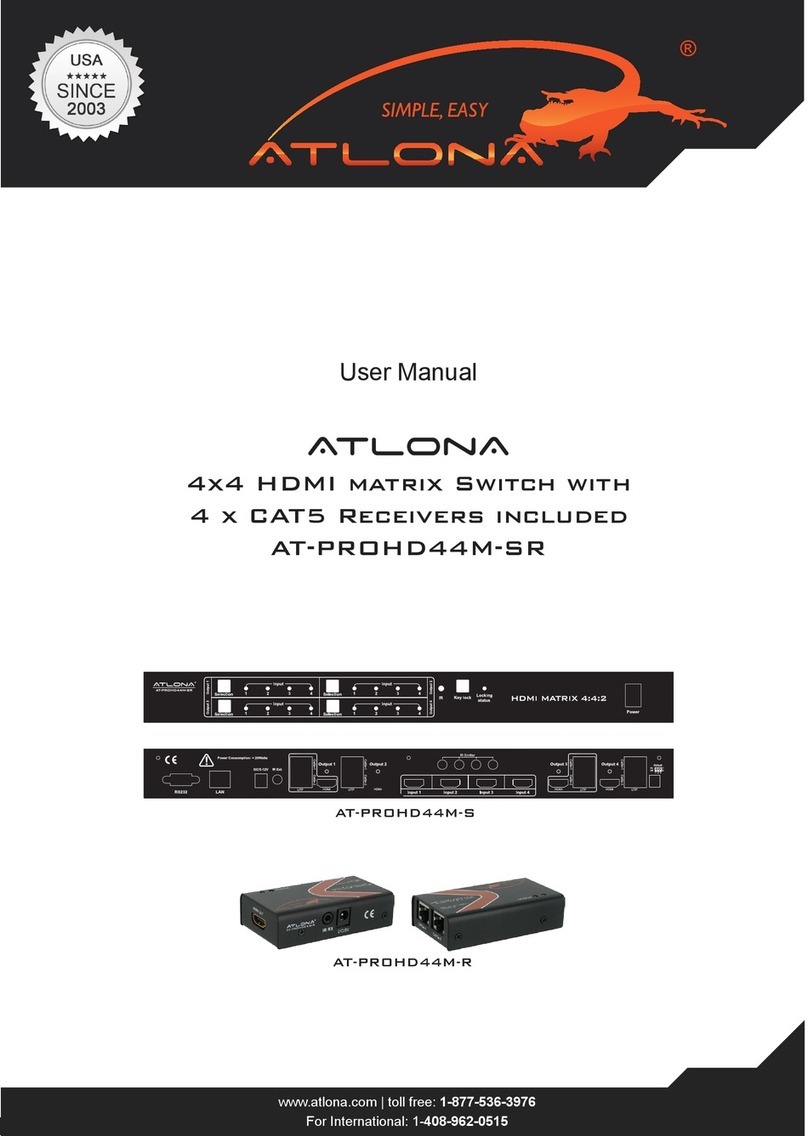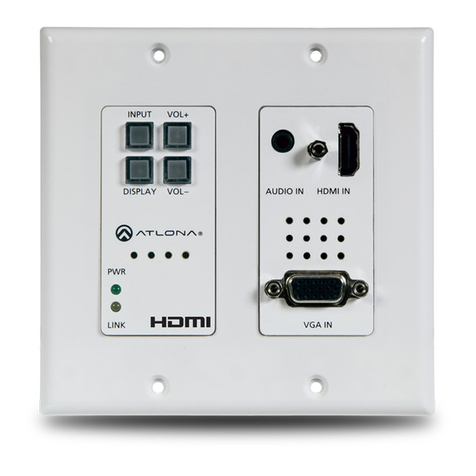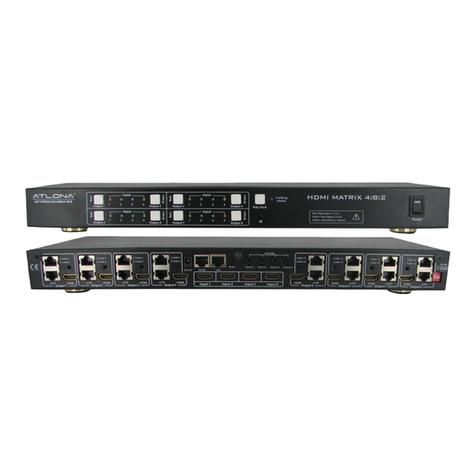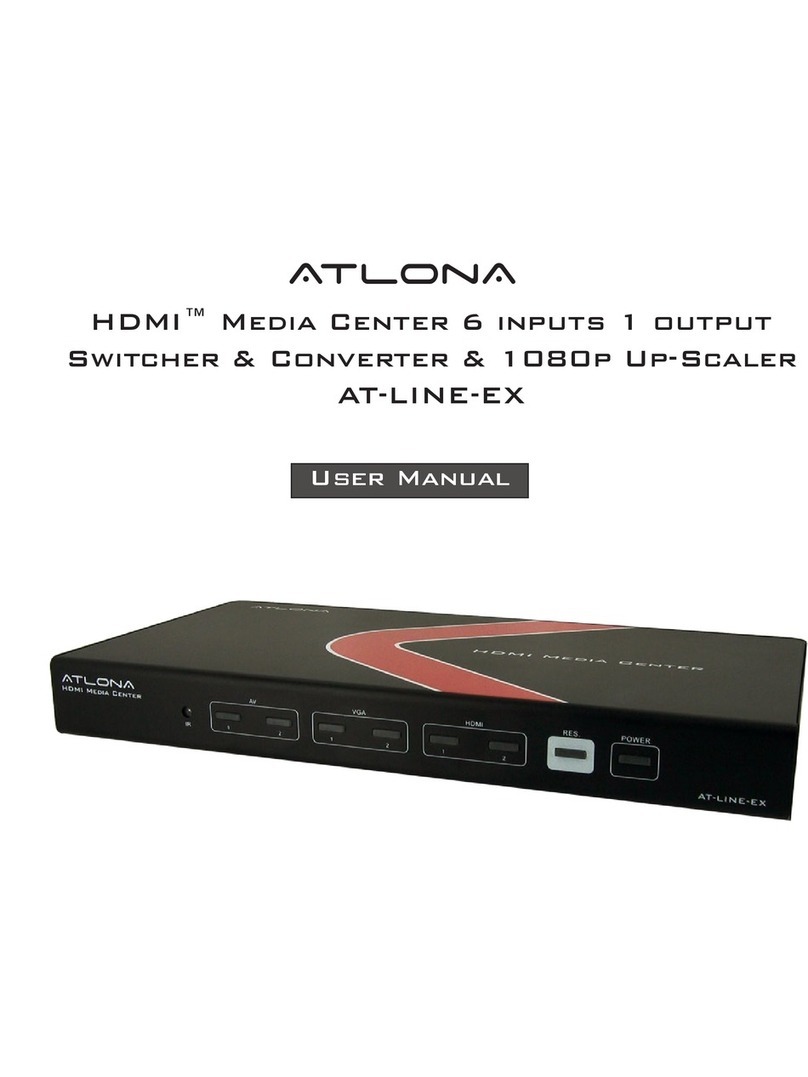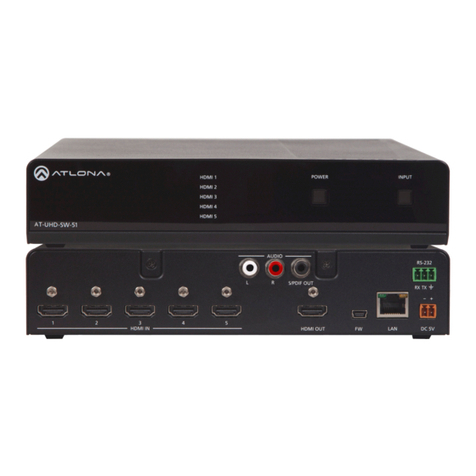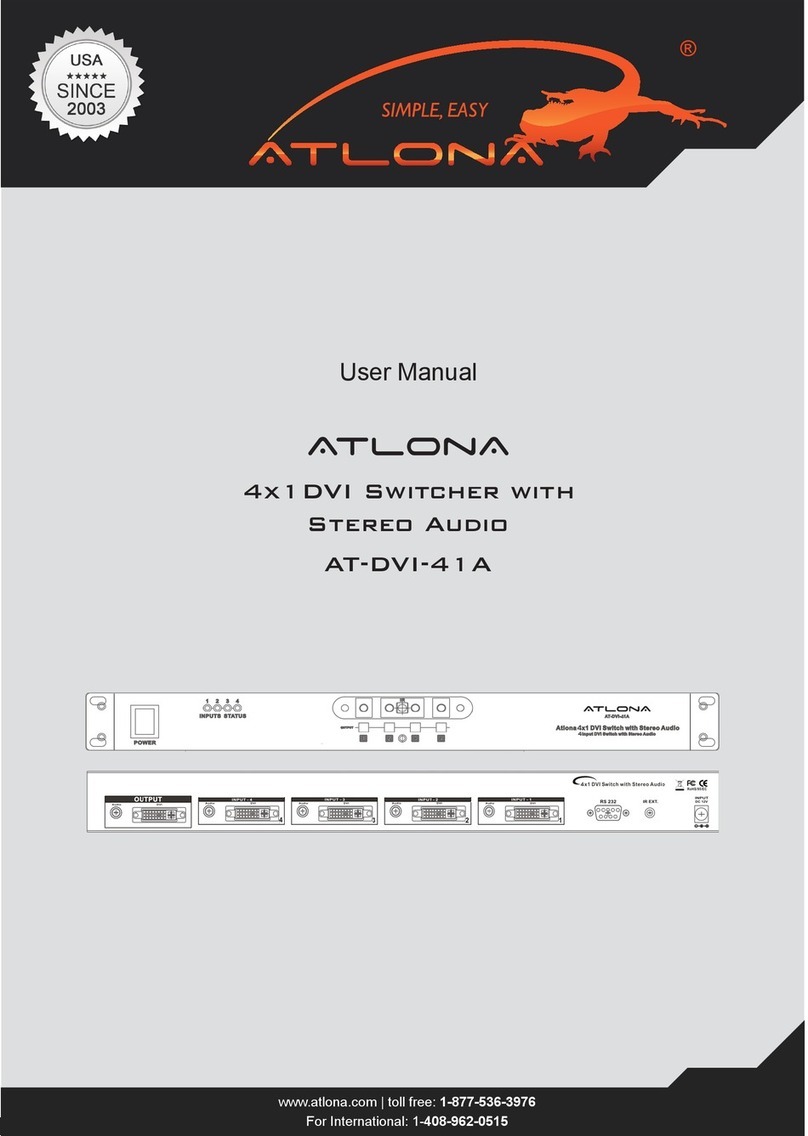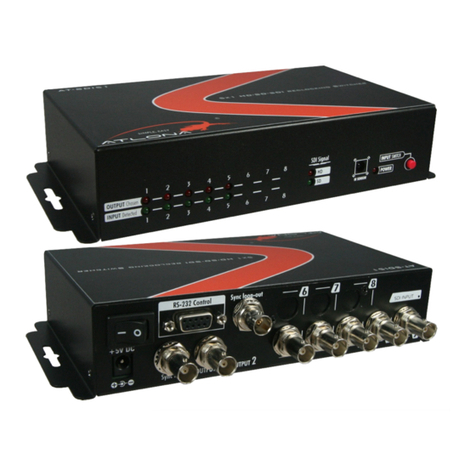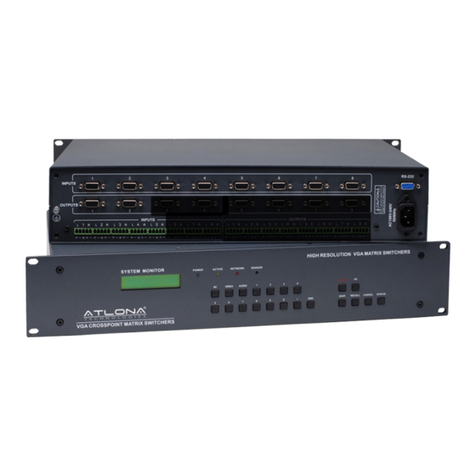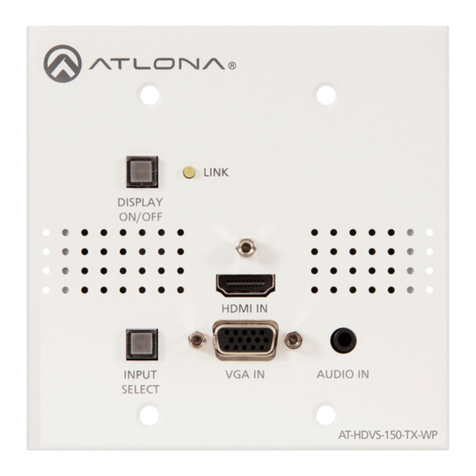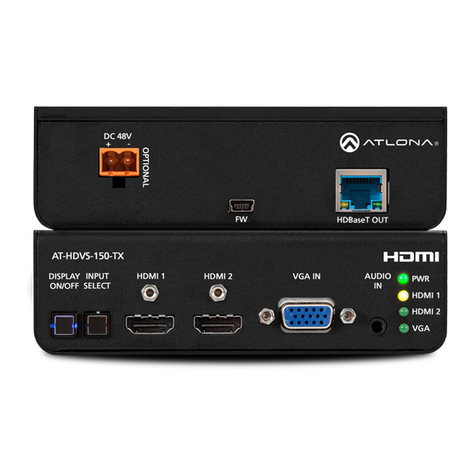4
IT Deployment Guide
Introduction
Enterprise/Corporate Network
A network which the corporate/company employees
connect to and has access to all the resources of the
company.
Guest Network
A network that is dedicated only for the guests visiting
the company. Typically, guests would be connecting
their endpoints (laptops/tablets/mobile) to the Guest
Network to get Internet access. Users connected to the
Guest Network will not have visibility or access to the
Enterprise Network.
Dedicated Network
In many IT environments, while designing the network, a
network administrator may dedicate a separate physical
or logical network for AV units. This Dedicated Network
may or may not have access to Internet depending on
the network design.
Firewall
A rewall is a device that monitors the incoming and
outgoing network trac and takes a decision whether
to allow or block the trac, based on a dened set of
security rules; it acts as a barrier between trusted and
untrusted networks. The AT-UHD-SW-510W has an built-
in software rewall.
Wireless Access Point
Wireless Access Point (WAP) is a networking device
that creates a Wireless Local Area Network (WLAN)
in an oce or home. WAPs broadcast a Service Set
Identier (SSID) which is used by the wireless endpoints
to connect to the wireless network. In general, a WAP
shares an Ethernet connection with the wired network
(by connecting to a router/switch), providing access
to the entire network. Autonomous Wireless Access
Points (AWAP) were the rst type of access points to
be introduced in the wireless market. They were ideal
for small scale wireless networks and were capable of
supporting up to 10 to 20 clients. Each autonomous
WAP acted as a separate entity and hence had to be
managed individually. In an Enterprise Network, which
spans across multiple oors, managing autonomous
access points is a big challenge for a network
administrator. To overcome this challenge, Wireless LAN
Controllers were introduced.
Lightweight Access Points and Wireless LAN
Controller
The Wireless LAN Controller (WLC) is the device that
helps a network administrator in managing each
Lightweight Access Points (LAP). Lightweight Access
Points are new-generation Access Points which
register themselves with a WLC and depend on WLC
for conguration. The LAP sends all management and
data packets to the WLC, which handle the switching of
packets between wireless endpoints and wired portion
of the network. WLC also handles authentication
and association of the wireless clients. Entire WLAN
conguration is done on the WLC. The LAP downloads
the entire conguration from each WLC and act as a
wireless interface to the wireless clients.
Networking Terminology
The Atlona AT-UHD-SW-510W is a 5×2, multi-format matrix switcher with wireless presentation capability. It provides
universal BYOD (bring your own device) compatibility with HDMI, DisplayPort, and USB-C inputs, plus wireless
connectivity for mobile devices. The SW-510W is HDCP 2.2 compliant, and features matrixed or mirrored HDMI
and HDBaseT outputs. The HDBaseT output is ideal for use with the Atlona AT-UHD-EX-100CE-RX-PSE HDBaseT
receiver, or the AT-HDVS-SC-RX scaling HDBaseT receiver. It also includes automatic input switching and automatic
display control capability, both applicable to wired and wireless source connections. This unique multi-format matrix
switcher and wireless gateway provides a universal connectivity solution for presentation devices in a wide range of
professional AV applications.
The USB-C port on the SW-510W is ideal for newer Mac, Chromebook, and Windows PCs. All inputs and the local
HDMI output are compatible with video signals up to 4K/UHD @ 60 Hz with 4:4:4 chroma sampling, as well as data
rates up to 18 Gbps. For integration convenience and exibility, simultaneous 18 Gbps HDMI and 10 Gbps HDBaseT
outputs make the SW-510W ideal for various presentation scenarios such as primary and condence displays in
a corporate auditorium or lecture hall. The HDBaseT output extends video, audio, control, and Ethernet up to 100
meters. (For AV signals exceeding 10 Gbps, 4K/UHD video will be subsampled to 4:2:0, or HDR metadata removed
for HDBaseT transmission.)
